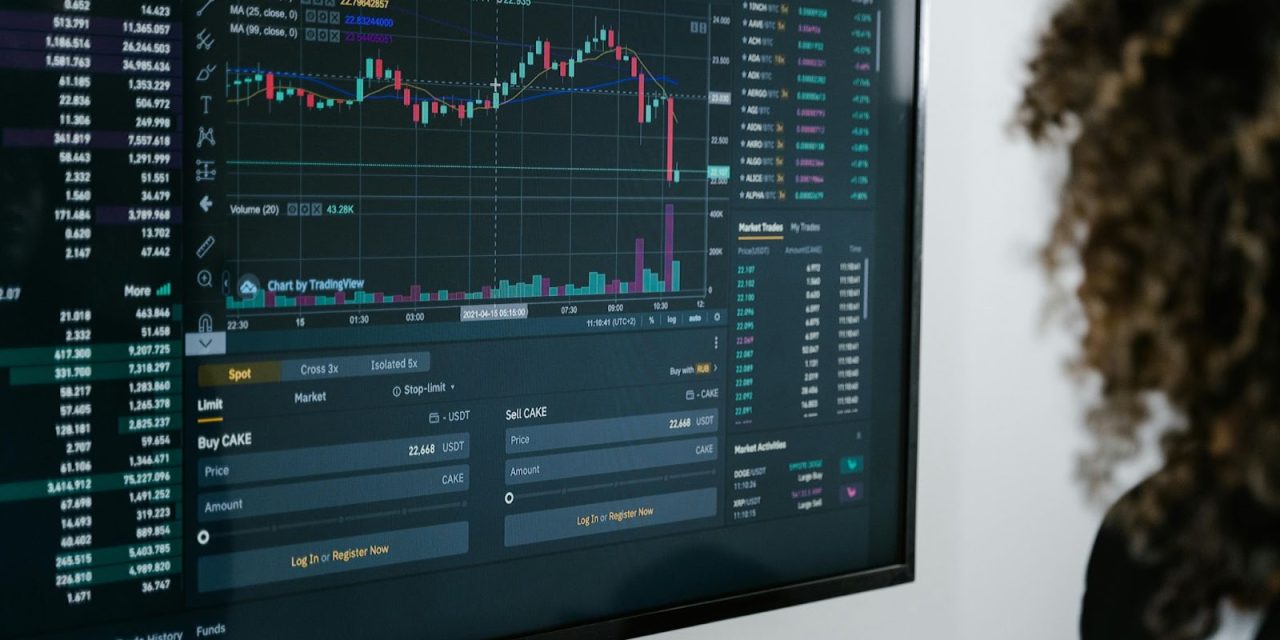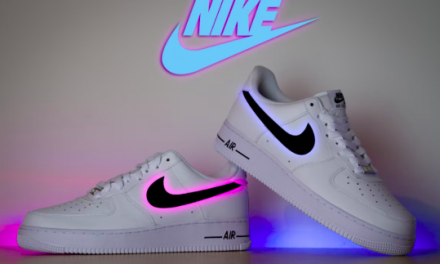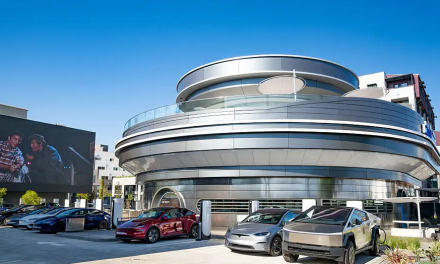Amer Sports, the Finland-based sporting goods giant, saw its shares fall sharply this week following the release of its latest earnings report. The market reacted swiftly to news that the growth of Arc’teryx, the company’s high-end outdoor apparel brand, had significantly slowed—raising questions about the sustainability of luxury outerwear demand in a shifting global economy.
Once a key growth engine for Amer Sports, Arc’teryx has been a standout performer in the booming market for technical and premium outdoor wear. However, recent sales data suggest the brand may be entering a more mature phase, with weaker-than-expected growth in key markets like North America and China.
In this blog, we’ll dive into the reasons behind the share price drop, the performance of Arc’teryx, and what it means for Amer Sports and the broader premium apparel market moving forward.
Arc’teryx: From Niche to Mainstream
Founded in North Vancouver, British Columbia, Arc’teryx has built a reputation for high-performance gear that blends technical innovation with minimalist aesthetics. Its jackets, often priced above $700, have become status symbols not only among outdoor enthusiasts but also in fashion-forward urban settings.
In recent years, the brand’s crossover into streetwear and high fashion—via collaborations with brands like Jil Sander and Palace—boosted its global recognition. These trends helped Arc’teryx become one of Amer Sports’ fastest-growing segments, especially in the post-pandemic surge of interest in outdoor lifestyles and premium activewear.
Slowing Growth Signals Market Saturation?
Despite previous momentum, growth has now slowed, particularly in mature markets where Arc’teryx already has a strong foothold. Amer Sports cited several contributing factors:
- Macroeconomic pressures: High inflation and interest rates have curtailed discretionary spending, especially on luxury goods.
- Consumer fatigue: As Arc’teryx products became more mainstream, some core customers may be shifting away, seeking more niche or emerging brands.
- Inventory adjustments: After overstocking in 2023 to meet high demand, retailers have pulled back on new orders.
As a result, Arc’teryx sales growth dipped to mid-single digits in Q2 2025, compared to double-dArc’teryx’sArc’teryx’sth in previous quarters.
Amer Sports Stock Reacts
The slowdown sent Amer Sports’ shares down more than 12% in a single day following the earnings release. The company, which went public earlier this year on the New York Stock Exchange (NYSE) under the ticker symbol “AS”, has positioned itself as a growth-driven brand portfolio company, with Arc’teryx at the center.
With the premium outerwear brand now showing signs of plateauing, investor sentiment took a hit.
Key Takeaways from the Earnings Report:
- Arc’teryx growth fell below internal and analyst expectations
- Revenue from China slowed, impacted by a softer-than-expected recovery
- Gross margins declined slightly due to higher promotional activity
- Other brands. Under the Amer Sports umbrella, like Salomon and Wilson, performed relatively better, but couldn’t offset the Arc’teryx impact
Is This a Temporary Dip or a Long-Term Trend?
The big question for investors and. analysts is whether Arc’teryx is facing a short-term cooling or the beginning of a longer-term slowdown.
Reasons it could be temporary:
- Seasonal shifts: Q2 is traditionally slower for outerwear brands, with sales peaking in Q4.
- Global economic factors: Consumer sentiment could rebound as interest rates stabilize.
- Upcoming product launches: Arc’teryx has teased new categories and innovations for Fall/Winter 2025.
Reasons it may reflect a larger trend:
- Brand saturation: Arc’teryx has expanded rapidly in recent years; overexposure could dilute its appeal.
- Competition: Emerging premium outdoor brands and fast-fashion crossovers are gaining traction.
- Shift in consumer values: Some consumers are opting for sustainability, affordability, or local production, challenging the high-price model.
What This Means for the Premium Outerwear Market
Arc’teryx is not the only premium outerwear brand facing headwinds. Others like Canada Goose and Patagonia have also seen slower growth as consumers reassess big-ticket purchases. Even amid the “gorpcore” fashion wave—where technical apparel is worn as everyday streetwear—there are signs of softening demand.
The outdoor apparel market may be entering a new phase where success is defined less by rapid expansion and more by brand loyalty, product innovation, and operational efficiency.
For Amer Sports, maintaining Arc’teryx’s status as a premium, aspirational brand without overextending will be key. The brand’s credibility among athletes and climbers, as well as its growing retail presence in Asia, still offer long-term potential—if managed carefully.
Strategic Moves by Amer Sports
In response to the cooling momentum, Amer Sports executives outlined several strategies:
- Focus on Direct-to-Consumer (DTC): Building out owned retail stores and e-commerce channels to drive higher margins and tighter brand control.
- Invest in Product Innovation: Enhancing material technologies, fit, and design to stay ahead of competitors.
- Optimize Inventory and Pricing: Avoiding overproduction and minimizing discount-driven sales that can harm brand equity.
- Global Expansion with Caution: Continuing to open stores in strategic locations while scaling back in overexposed regions.
These efforts suggest Amer Sports is playing a long game, aiming to protect Arc’teryx’s premium image while adapting to changing market dynamics.
Final Thoughts
The decline in Amer Sports’ stock following the slowdown in Arc’teryx growth is a wake-up call for investors and brand managers alike. While the brand remains strong, the days of double-digit, low-effort growth may be over. Going forward, sustained success will require careful brand stewardship, strategic innovation, and an honest assessment of changing consumer preferences.
As Arc’teryx navigates this next chapter, its ability to balance exclusivity with growth—and authenticity with mainstream appeal—will determine its role in the future of premium outerwear.






